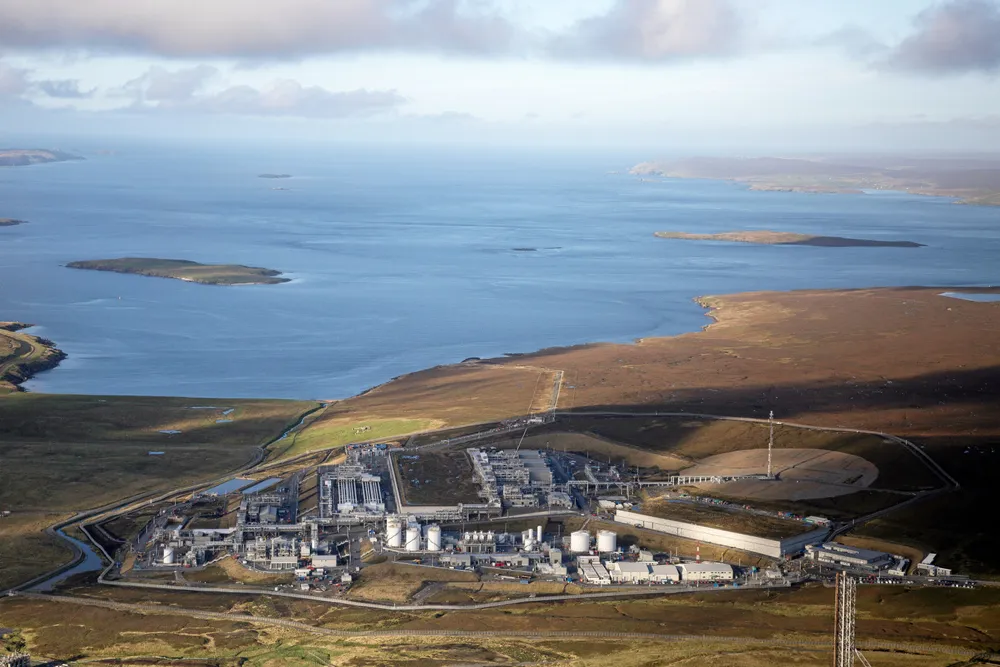North Sea floating wind giants boost Shetland bid to ‘replicate oil and gas with green hydrogen’
Award of 2.8 GW across three projects ‘fantastic news’ for plan to turn Scottish islands into global clean energy hub, says Orion initiative leader

Award of 2.8 GW across three projects ‘fantastic news’ for plan to turn Scottish islands into global clean energy hub, says Orion initiative leader
